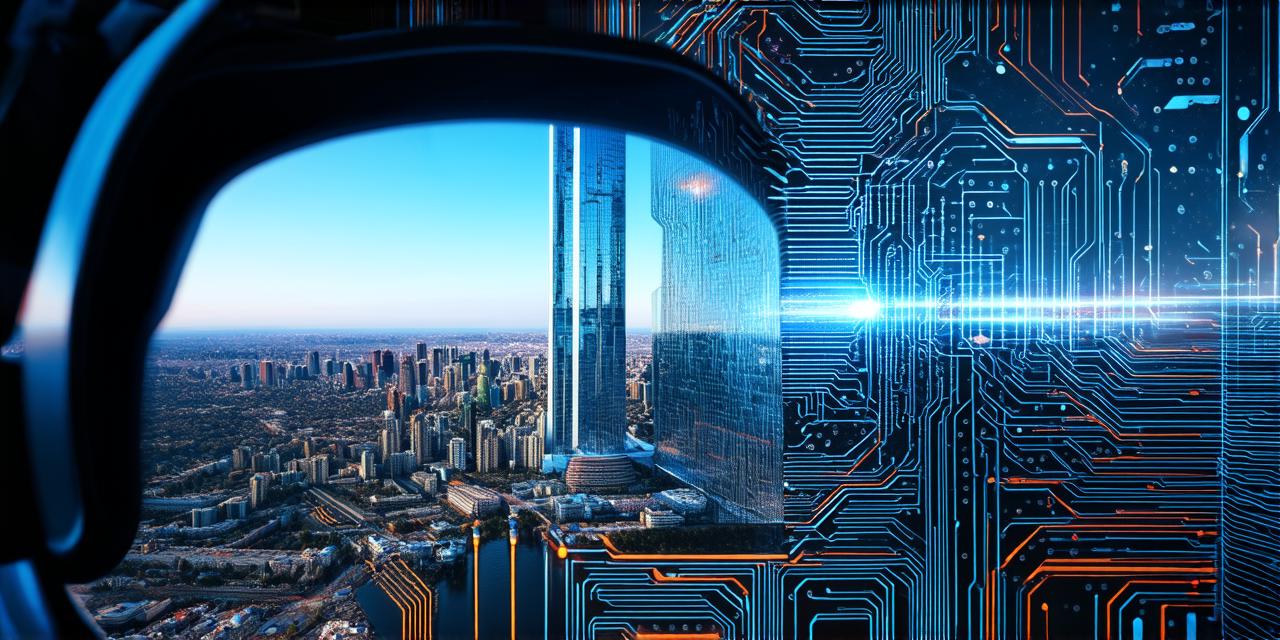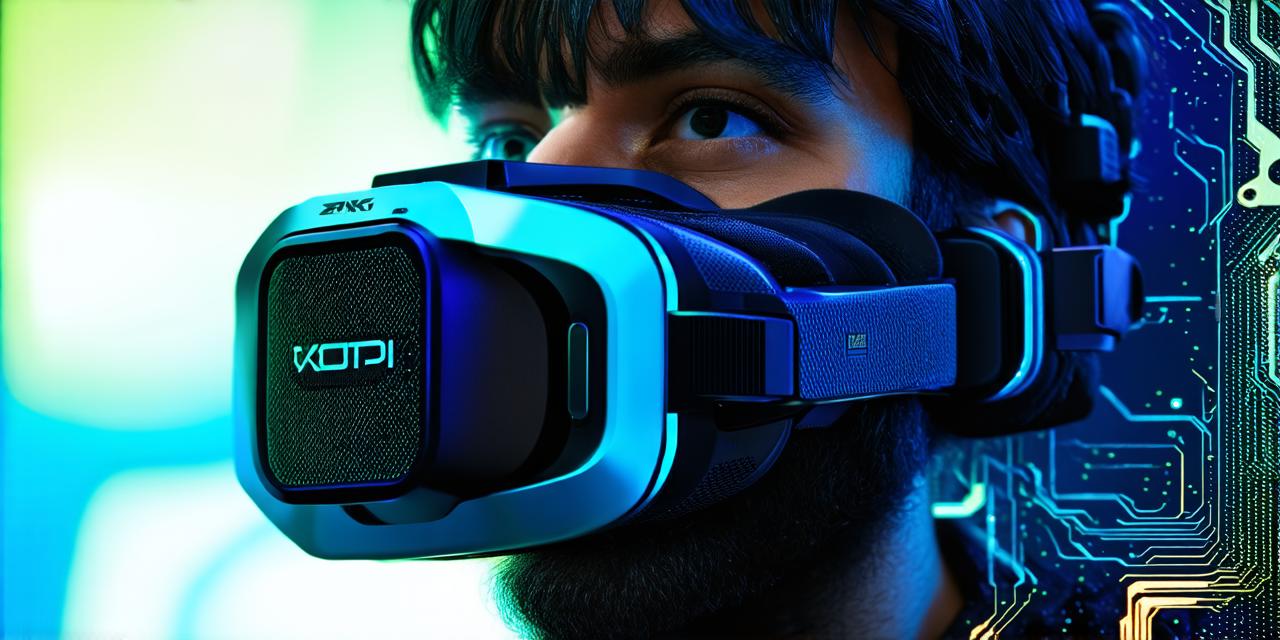Virtual and augmented reality have taken the world by storm in recent years, providing users with immersive experiences that were previously impossible. However, the main distinction between these two technologies is not immediately obvious to most people. In this guide, we will explore what sets them apart and help you understand the key differences between virtual and augmented reality.
What is Virtual Reality?
Virtual reality (VR) is a computer-generated simulation of a 3D environment that immerses users in an artificial world. It uses specialized headsets and sensors to track the user’s movements, allowing them to interact with the simulated environment in real-time. VR is often used for gaming, education, therapy, and training purposes.
- Immersive 3D environment
- Realistic graphics and sound effects
- Motion tracking sensors to track the user’s movements
- Headsets or other devices to display the simulation

What is Augmented Reality?
Augmented reality (AR) is a technology that overlays digital information onto the real world. It enhances the user’s perception of their environment by adding additional data, such as images, videos, and sounds, on top of the real-world view. AR can be experienced through smartphones, tablets, or specialized headsets.
- Digital overlays on top of the real world
- Interactive elements that respond to user input
- Ability to blend digital content with the physical environment
- Uses cameras and sensors to track the user’s position and orientation
The main distinction between virtual and augmented reality is the level of immersion. Virtual reality provides a completely artificial environment that fully immerses the user, whereas augmented reality adds digital elements to the real world, enhancing the user’s perception of their surroundings.
In summary, virtual reality is a computer-generated simulation that creates an artificial world for the user to explore, while augmented reality overlays digital information onto the real world, providing an interactive and enhanced experience. Both technologies offer unique and exciting experiences that can be used in various fields, including gaming, education, and training.



